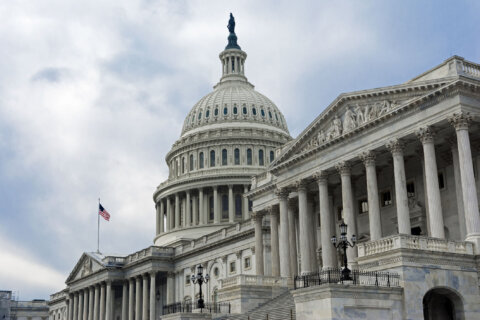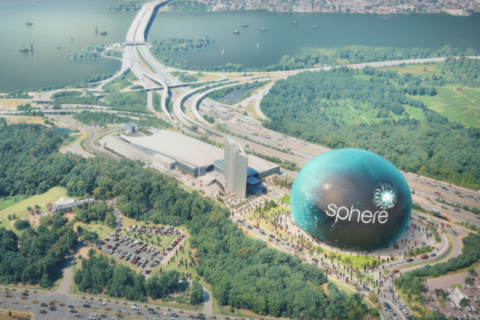Efforts to improve the water quality of the Chesapeake Bay have fallen far short of goals set 40 years ago, and a new report by researchers suggests that achieving those goals remains elusive in the short term.
Members of the Chesapeake Bay Program’s Scientific and Technical Advisory Committee, or STAC, concluded in a report that while there has been progress since goals to reduce pollution were designed 40 years ago, it has been incremental.
For example, the report showed that bay water quality standards were reached in 27% of the bay in 1985 but that by 2020, those goals were reached in just the mid-30% range.
The report also found “response gaps,” goals set using strategies that failed to get the expected results.
Despite the shortcomings of efforts to cut pollution and improve water quality, Kurt Stephenson, a professor at Virginia Tech, said there is encouraging news.
“Water quality is trending up in the Bay, which is a great sign,” Stephenson said. “It’s confirmation that what we’re doing is on the right track.” But he added that even after 40 years of effort, there is still a ways to go to meet goals.
The report, entitled “A Comprehensive Evaluation of System Response,” suggests that past strategies for achieving improved water quality should be re-evaluated, and the focus should be on living resources, meaning the living organisms that make the bay their home.
Stephenson explained that while technical metrics are useful, “We can’t lose sight of the biggest of the big picture, and that’s the critters, as one of our colleagues likes to say, that live in the bay.”
Denice Wardrop, research professor at Penn State University and executive director of the Chesapeake Research Consortium, said “the bay of the future is not the bay of the past.”
Wardrop said climate change challenges the notion that the bay can be restored.
“It’s just not realistic to expect that we’re just going to simply roll back the clock. We’re not,” Wardrop said.
Hilary Harp Falk, president of the Chesapeake Bay Foundation, responded to the report finding by issuing the following statement:
“As we face a third missed deadline, it’s time to take a hard look in the mirror and realize that we cannot rely on more money alone to meet the goals. While additional investment is still needed, we must drastically change and accelerate our approach to reducing the pollution running off the land.”
Falk said bold leadership from the entire bay partnership will be required to “leave clean water to the next generation.”
The complete report can be found here.








